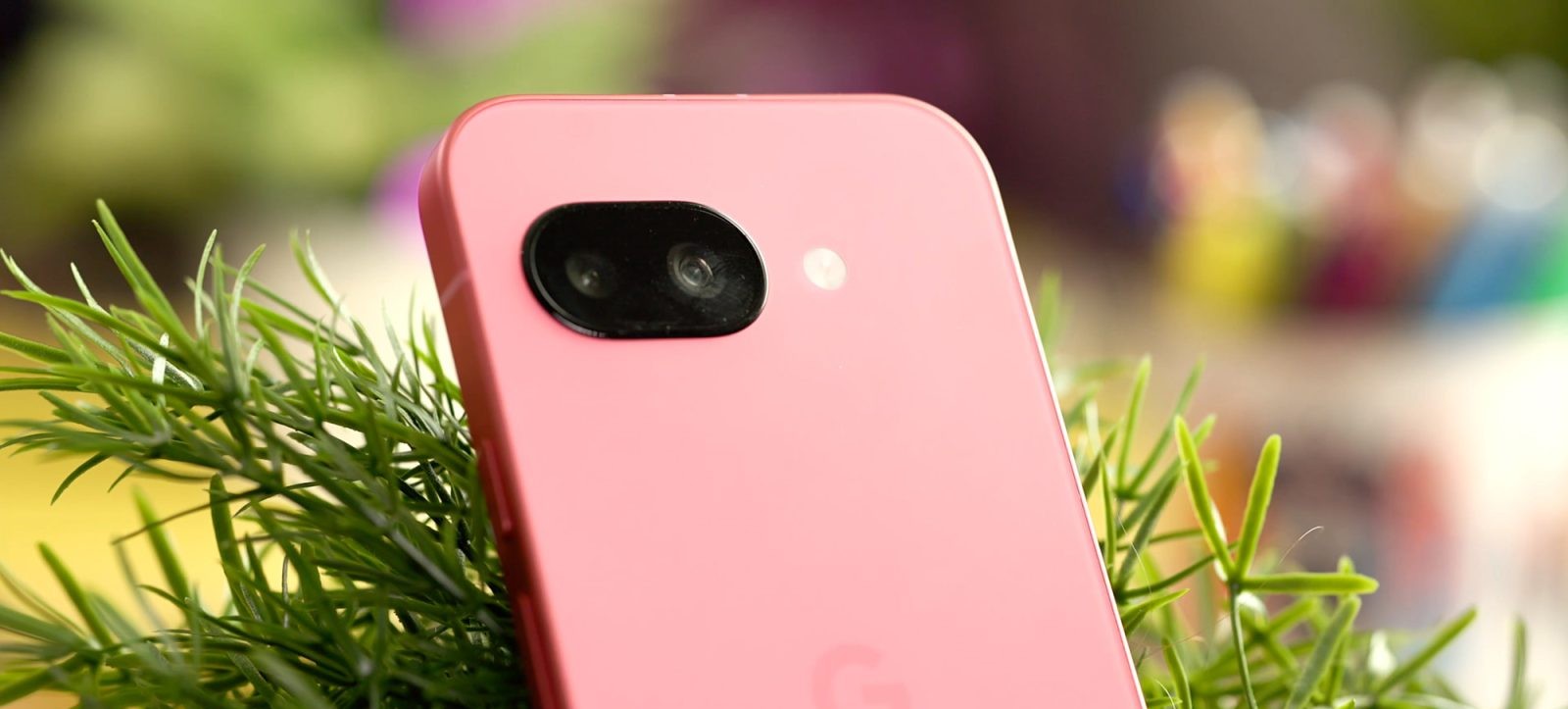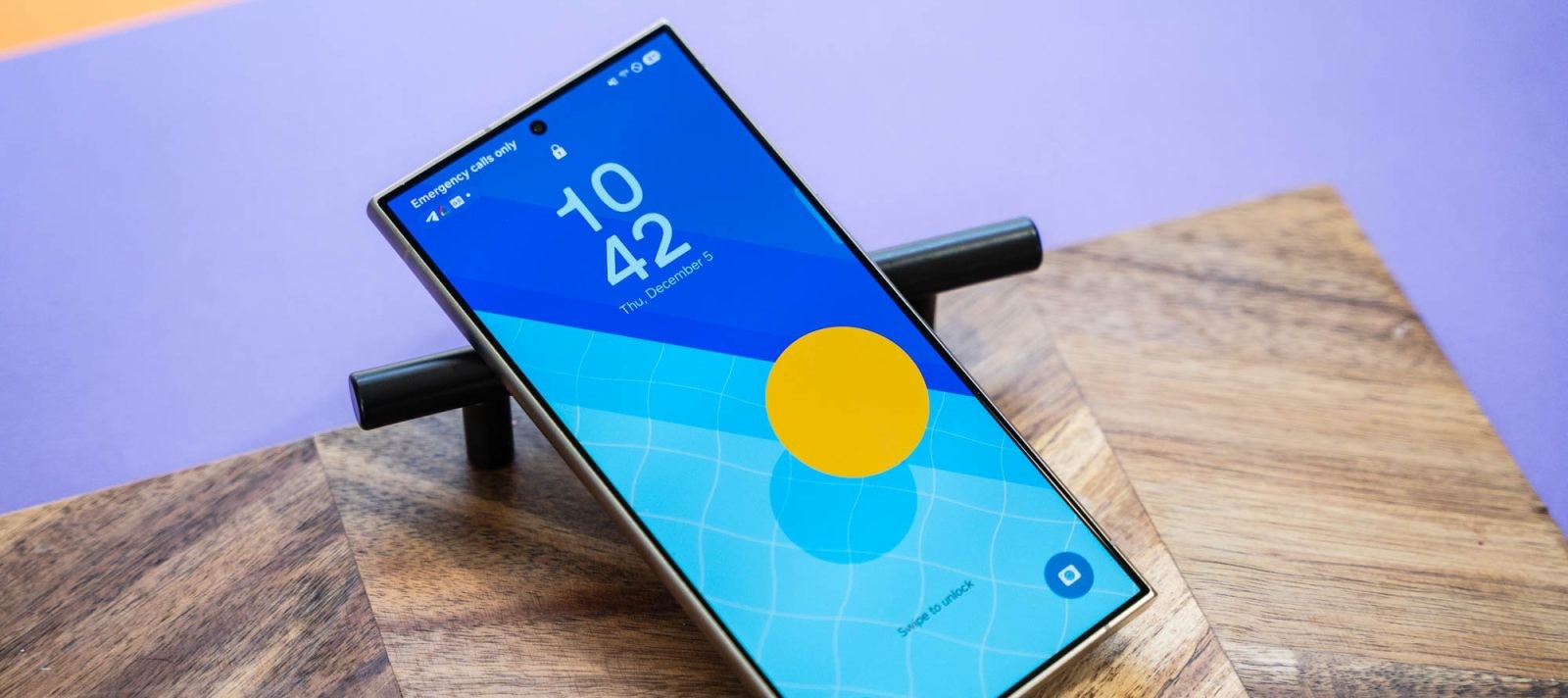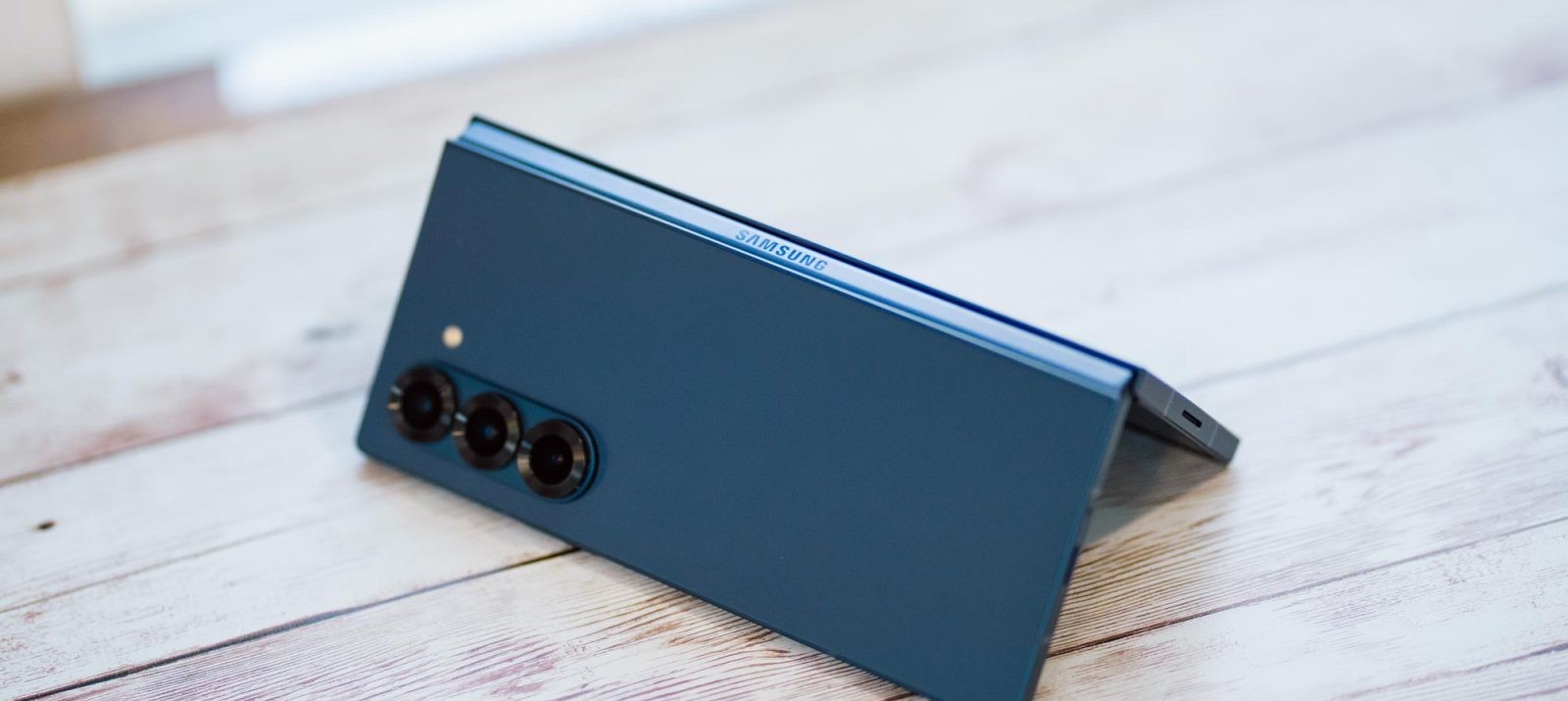Embracing Minimalism: The Pixel 9a’s Design as Google’s Future Blueprint
In the ever-evolving landscape of smartphone design, the pursuit of minimalism and functionality often leads to groundbreaking innovations. Google’s Pixel 9a stands as a testament to this philosophy, offering a design that not only challenges conventional aesthetics but also sets a new standard for user experience.
A Departure from the Norm
Traditionally, smartphones have been characterized by protruding camera modules and complex design elements. The Pixel 9a, however, breaks away from this trend. By eliminating the prominent camera bump—a feature synonymous with many modern devices—Google has achieved a sleek, flat back that enhances both the device’s visual appeal and its ergonomic comfort. This design choice not only contributes to a more streamlined appearance but also ensures a more comfortable grip, free from the unevenness caused by protruding components.
The Influence of Ultra-Thin Devices
The introduction of ultra-thin smartphones, such as the iPhone Air, has redefined user expectations regarding device form factors. Holding a device as slim as the iPhone Air, measuring just 5.64 mm in thickness, offers a glimpse into a future where technology becomes almost imperceptible. The lightweight and slender profile of such devices provide a unique tactile experience, making them feel like an extension of the user rather than a separate entity.
Google’s Strategic Focus
While the allure of ultra-thin devices is undeniable, their production often involves significant engineering challenges and compromises in areas like battery life and structural integrity. Recognizing these potential trade-offs, Google appears to be channeling its efforts into refining the design language of its Pixel series, with the Pixel 9a serving as a prime example.
The Pixel 9a’s Design Philosophy
The Pixel 9a’s design is a harmonious blend of simplicity and functionality. By forgoing the camera bar—a distinctive yet divisive feature in previous Pixel models—Google has embraced a more understated aesthetic. This design not only appeals to users seeking a minimalist device but also addresses practical concerns. The absence of a camera bump reduces the accumulation of dust and debris, a common issue with protruding modules. Additionally, the flat back allows the device to rest stably on flat surfaces, eliminating the wobble often experienced with uneven designs.
User Experience and Ergonomics
Beyond aesthetics, the Pixel 9a’s design significantly enhances user experience. The flat back and uniform thickness contribute to a more comfortable grip, reducing hand fatigue during prolonged use. This ergonomic consideration is particularly important in an era where smartphones serve as primary tools for communication, work, and entertainment.
A Vision for the Future
The Pixel 9a’s design choices reflect a broader vision for the future of smartphone design—one that prioritizes user comfort, simplicity, and functionality over unnecessary embellishments. By focusing on these core principles, Google is not only setting a new standard for its devices but also influencing the broader industry to reconsider the importance of minimalist design.
Conclusion
In a market saturated with devices vying for attention through flashy features and complex designs, the Pixel 9a stands out by embracing the beauty of simplicity. Its flat, bump-free design is more than just an aesthetic choice; it represents a thoughtful approach to user experience and functionality. As Google continues to evolve its Pixel lineup, the design philosophy embodied by the Pixel 9a may well serve as the blueprint for future innovations, proving that sometimes, less truly is more.



